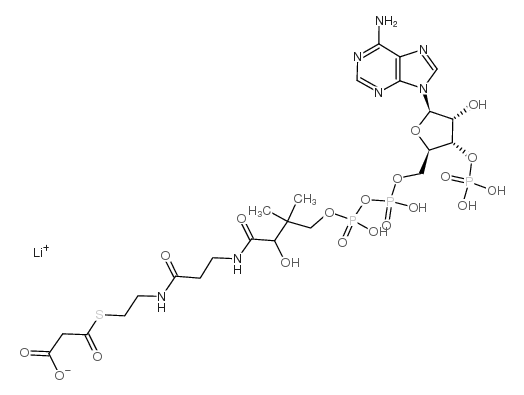Hypothalamic lipids and the regulation of energy homeostasis.
Carlos Diéguez, Gema Fruhbeck, Miguel López
Index: Obes. Facts 2 , 126-135, (2009)
Full Text: HTML
Abstract
The hypothalamus is a specialised area in the brain that integrates the control of energy homeostasis, regulating both food intake and energy expenditure. The classical theory for hypothalamic feeding control is mainly based on the relationship between peripheral signals and neurotransmitters/neuromodulators in the central nervous system. Thus, hypothalamic neurons respond to peripheral signals, such as hormones and nutrients, by modifying the synthesis of neuropeptides. Despite the well-established role of these hypothalamic networks, increasing evidence indicates that the modulation of lipid metabolism in the hypothalamus plays a critical role in feeding control. In fact, the pharmacologic and genetic targeting of key enzymes from these pathways, such as AMP-activated protein kinase, acetyl-CoA carboxylase, carnitine palmitoyltransferase 1, fatty acid synthase, and malonyl-CoA decarboxylase, has a profound effect on food intake and body weight. Here, we review what is currently known about the relationship between hypothalamic lipid metabolism and whole body energy homeostasis. Defining these novel mechanisms may offer new therapeutic targets for the treatment of obesity and its associated pathologies.2009 S. Karger AG, Basel.
Related Compounds
| Structure | Name/CAS No. | Molecular Formula | Articles |
|---|---|---|---|
 |
Malonyl Coenzyme A lithium
CAS:108347-84-8 |
C24H38N7O19P3S.xLi |
|
LC-MS/MS-based analysis of coenzyme A and short-chain acyl-c...
2015-09-01 [Anal. Bioanal. Chem 407 , 6681-8, (2015)] |
|
LAP5 and LAP6 encode anther-specific proteins with similarit...
2010-07-01 [Plant Physiol. 153 , 937-55, (2010)] |
|
Establishing a reference interval for measurement of flux th...
2005-03-01 [Clin. Chem. 51(3) , 644-6, (2005)] |
|
Targeting intermediary metabolism in the hypothalamus as a m...
2010-06-01 [Pharmacol. Rev. 62 , 237-264, (2010)] |
|
Biosynthesis of bacterial aromatic polyketides.
2009-01-01 [Curr. Top. Med. Chem 9 , 1958-1610, (2009)] |